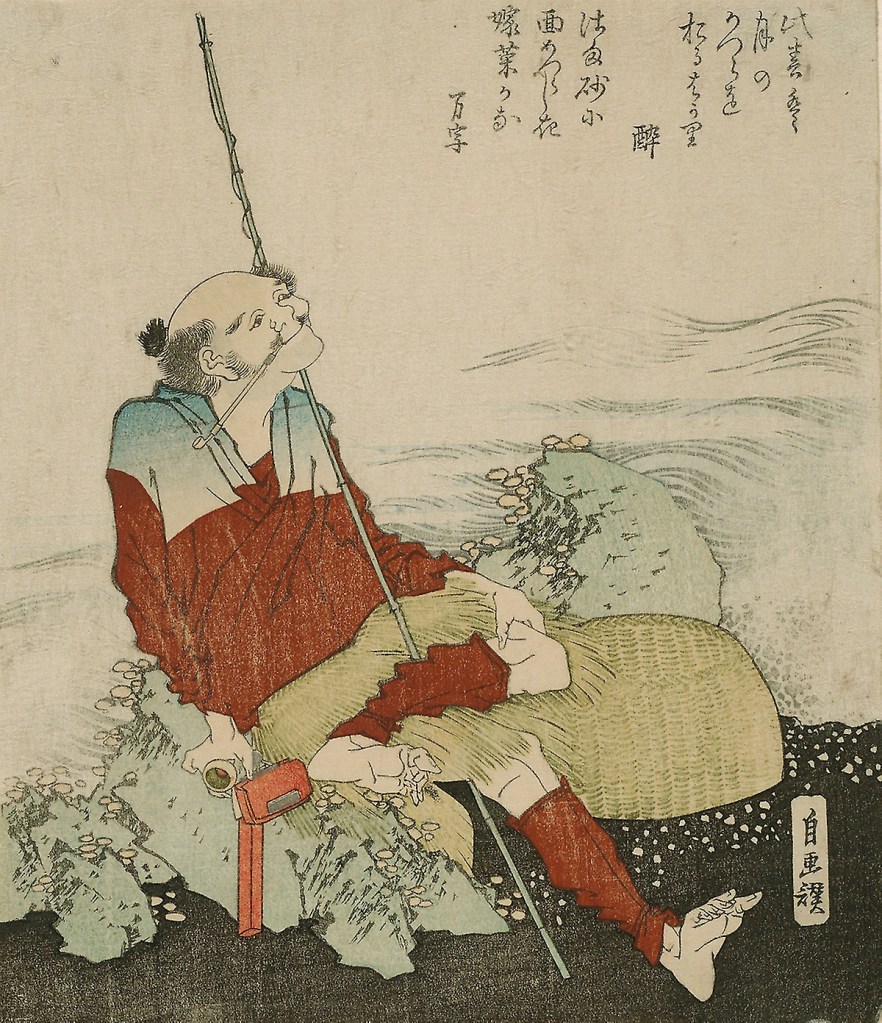
Japanese artist, ukiyo-e* painter and printmaker of the Edo** period
Katsushika Hokusai [葛飾 北斎]
was born,
October 31, 1760
in the Katsushika district of Edo [now Tokyo], Japan
❦
Hokusai is best known as author of the woodblock print series Thirty-six Views of Mount Fuji, which includes the internationally iconic print, The Great Wave off Kanagawa.
Both Hokusai’s choice of art name and frequent depiction of Mount Fuji stem from his religious beliefs. The name Hokusai means “North Studio (room)”, an abbreviation of Hokushinsai or “North Star Studio”. Hokusai was a member of the Nichiren sect of Buddhism, who see the North Star as associated with the deity Myōken. Mount Fuji has traditionally been linked with eternal life. This belief can be traced to The Tale of the Bamboo Cutter, where a goddess deposits the elixir of life on the peak.
Hokusai had a long career, but he produced most of his important work after age 60. His most popular work is the ukiyo-e series Thirty-six Views of Mount Fuji, which was created between 1826 and 1833. It actually consists of 46 prints (10 of them added after initial publication).
In addition, Hokusai is responsible for the 1834 One Hundred Views of Mount Fuji, a work which “is generally considered the masterpiece among his landscape picture books”. His ukiyo-e transformed the art form from a style of portraiture focused on the courtesans and actors popular during the Edo period in Japan’s cities into a much broader style of art that focused on landscapes, plants, and animals.
Hokusai had achievements in various fields as an artist. He made designs for book illustrations and woodblock prints, sketches, and painting for over 70 years. He was an early experimenter with western linear perspective among Japanese artists. Hokusai himself was influenced by Sesshū Tōyō and other styles of Chinese painting.
His influences stretched across the globe to his western contemporaries in nineteenth-century Europe with Japonism, which started with a craze for collecting Japanese art, particularly ukiyo-e, of which some of the first samples were to be seen in Paris, when in about 1856, the French artist Félix Bracquemond first came across a copy of the sketchbook Hokusai Manga at the workshop of his printer. He influenced Art Nouveau, or Jugendstil in Germany, and the larger Impressionism movement, with themes echoing his work appearing in the work of Claude Monet and Pierre-Auguste Renoir. According to the Brooklyn Rail, “many artists collected his woodcuts: Degas, Gauguin, Klimt, Franz Marc, August Macke, Manet, and van Gogh.”[34] Hermann Obrist’s whiplash motif, or Peitschenhieb, which came to exemplify the new movement, is visibly influenced by Hokusai’s work.
During my art / design studies, in one of our projects, we had to imitate a great painter technique. I chose Hokusai. I might have added it, but good fortune prevented me from finding it 😉 !!! It was quite an experience and I ended up admiring him even more!!!!
*Ukiyo-e [“picture[s] of the floating world”] is a genre of painting and printmaking that developed in the late 17th century, at first depicting the entertainments of the pleasure districts of Edo, such as courtesans and kabuki actors. Harunobu produced the first full-colour nishiki-e prints in 1765, a form that has become synonymous to most with ukiyo-e. The genre reached a peak in technique towards the end of the century with the works of such artists as Kiyonaga and Utamaro. As the Edo period came to an end a great diversity of genres proliferated: warriors, nature, folklore, and the landscapes of Hokusai and Hiroshige. The genre declined throughout the rest of the century in the face of modernization that saw ukiyo-e as both old-fashioned and laborious to produce compared to Western technologies. Ukiyo-e was a primary part of the wave of Japonisme that swept Western art in the late 19th century.
Its artists produced woodblock prints and paintings of such subjects as female beauties; kabuki actors and sumo wrestlers; scenes from history and folk tales; travel scenes and landscapes; flora and fauna; and erotica. The term ukiyo-e translates as “picture[s] of the floating world”.
https://en.wikipedia.org/wiki/Ukiyo-e
**The Edo period or Tokugawa period is the period between 1603 and 1868 in the history of Japan, when Japan was under the rule of the Tokugawa shogunate and the country’s 300 regional daimyō. The period was characterized by economic growth, strict social order, isolationist foreign policies, a stable population, “no more wars”, and popular enjoyment of arts and culture. The shogunate was officially established in Edo on March 24, 1603, by Tokugawa Ieyasu. The period came to an end with the Meiji Restoration on May 3, 1868, after the fall of Edo.
https://en.wikipedia.org/wiki/Edo_period
❦
So here’s a glimpse of his work & very few but truly wise words
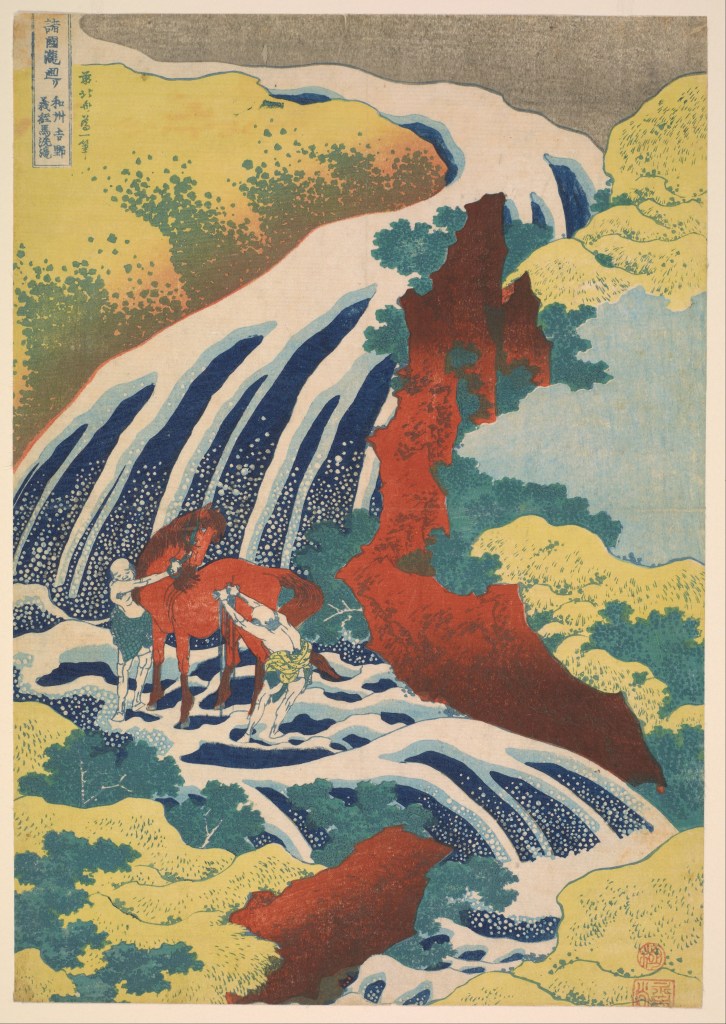
❦
“From around the age of six, I had the habit of sketching from life. I became an artist, and from fifty on began producing works that won some reputation, but nothing I did before the age of seventy was worthy of attention. At seventy-three, I began to grasp the structures of birds and beasts, insects and fish, and of the way plants grow. If I go on trying, I will surely understand them still better by the time I am eighty-six, so that by ninety I will have penetrated to their essential nature. At one hundred, I may well have a positively divine understanding of them, while at one hundred and thirty, forty, or more I will have reached the stage where every dot and every stroke I paint will be alive. May Heaven, that grants long life, give me the chance to prove that this is no lie.”
❦

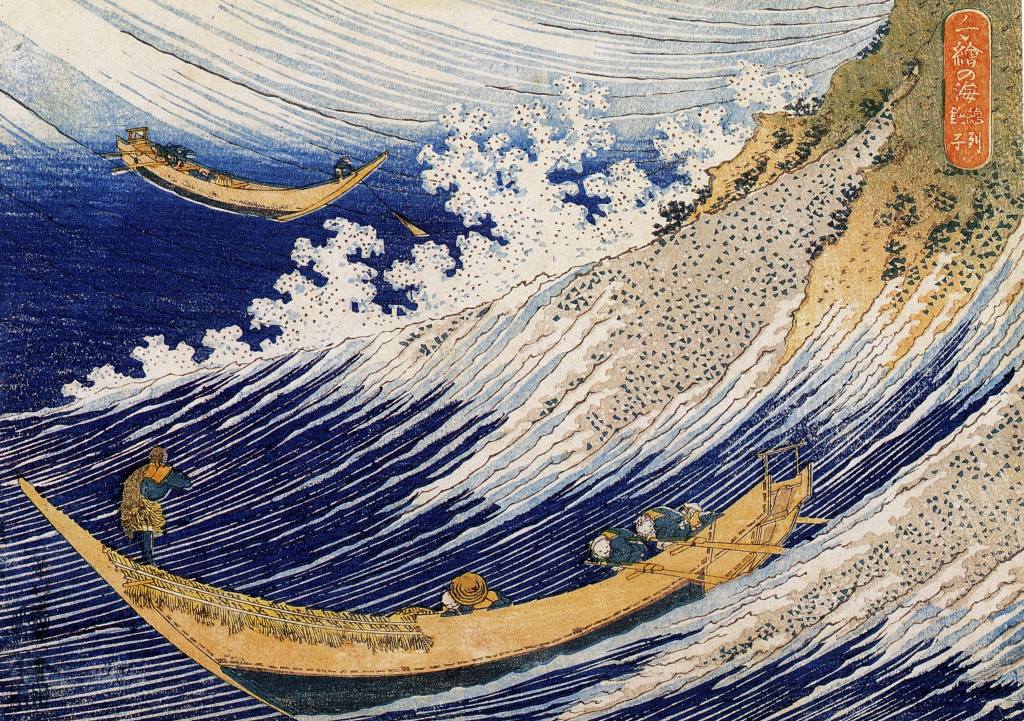




❦
“I prefer poverty to having someone walk all over me.”
❦

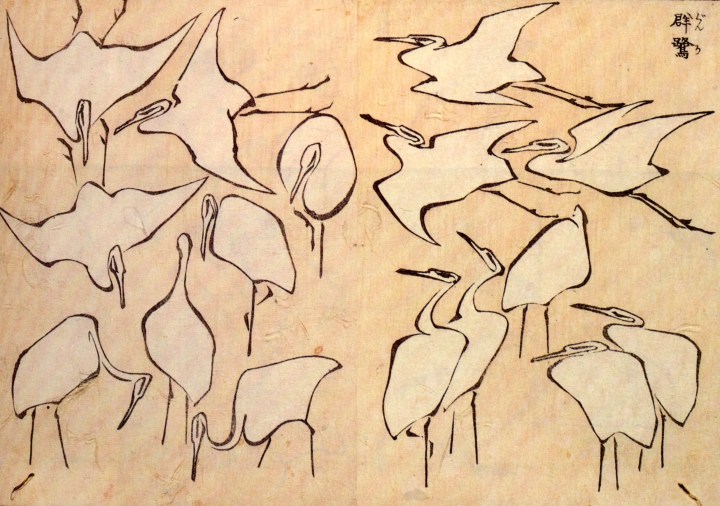
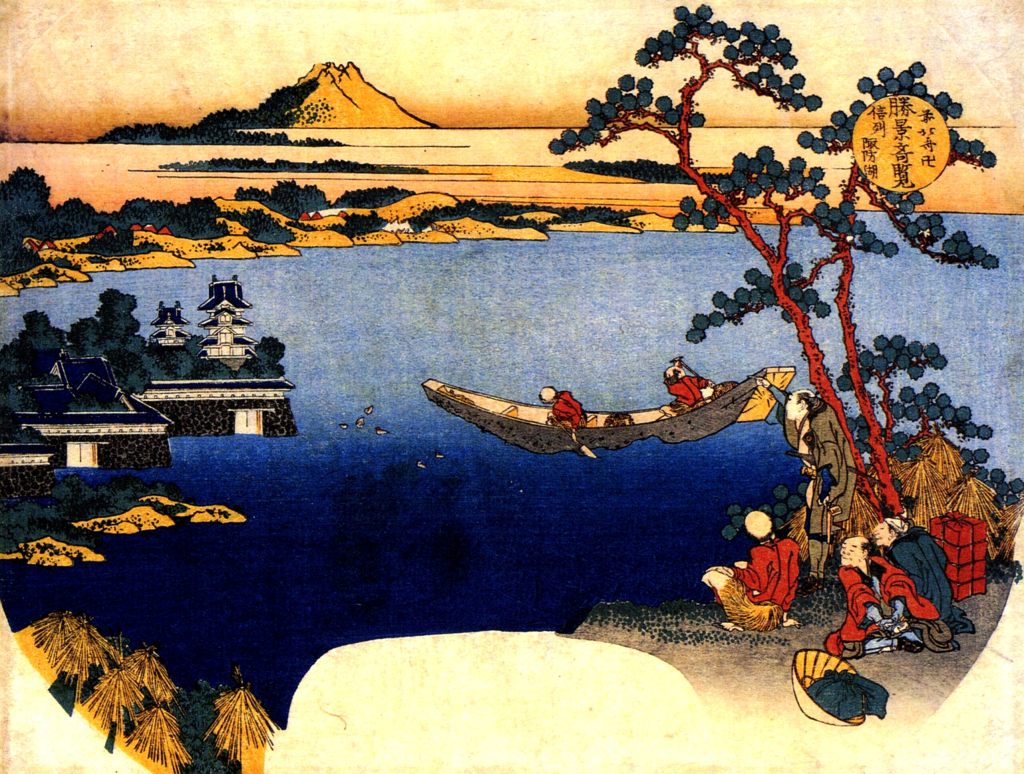


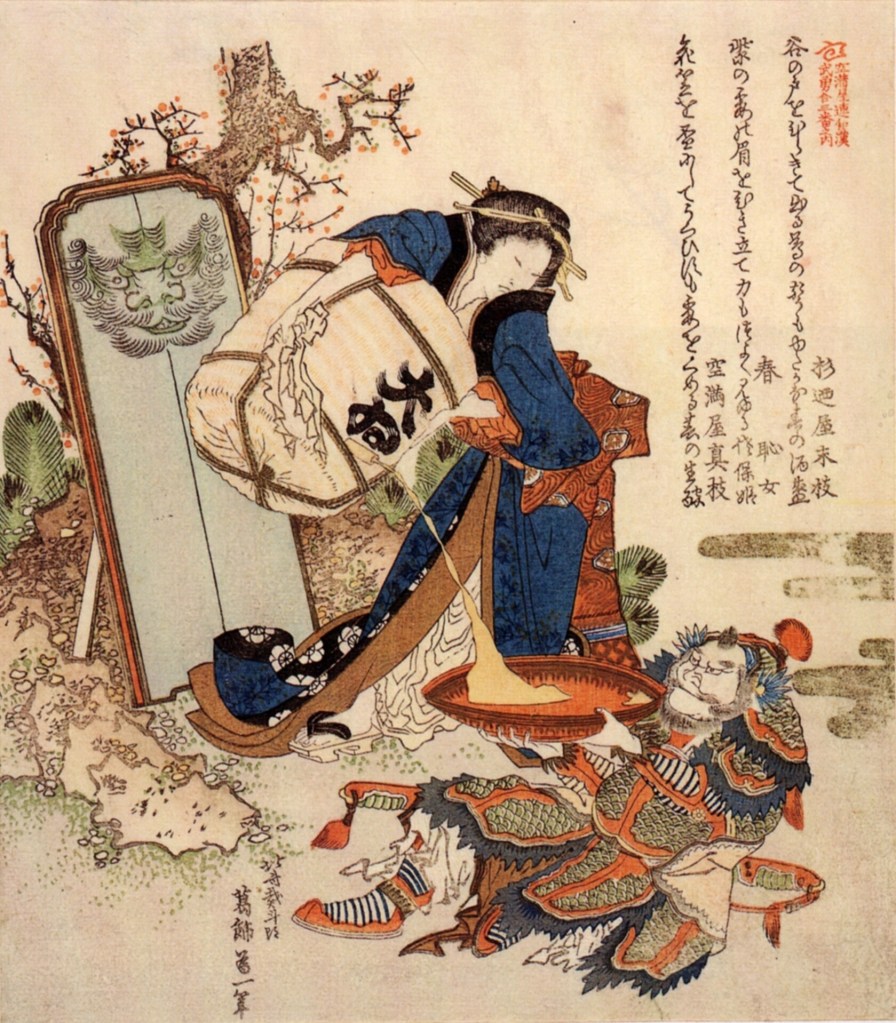



❦
“All I have produced before the age of seventy is not worth taking into account. At seventy-three I have learned a little about the real structure of nature, of animals, plants, trees, birds, fishes and insects. In consequence when I am eighty, I shall have made still more progress. At ninety I shall penetrate the mystery of things; at one hundred I shall certainly have reached a marvelous stage; and when I am a hundred and ten, everything I do, be it a dot or a line, will be alive. I beg those who live as long as I to see if I do not keep my word. Written at the age of seventy five by me, once Hokusai, today Gwakyo Rojin, the old man mad about drawing.”
❦

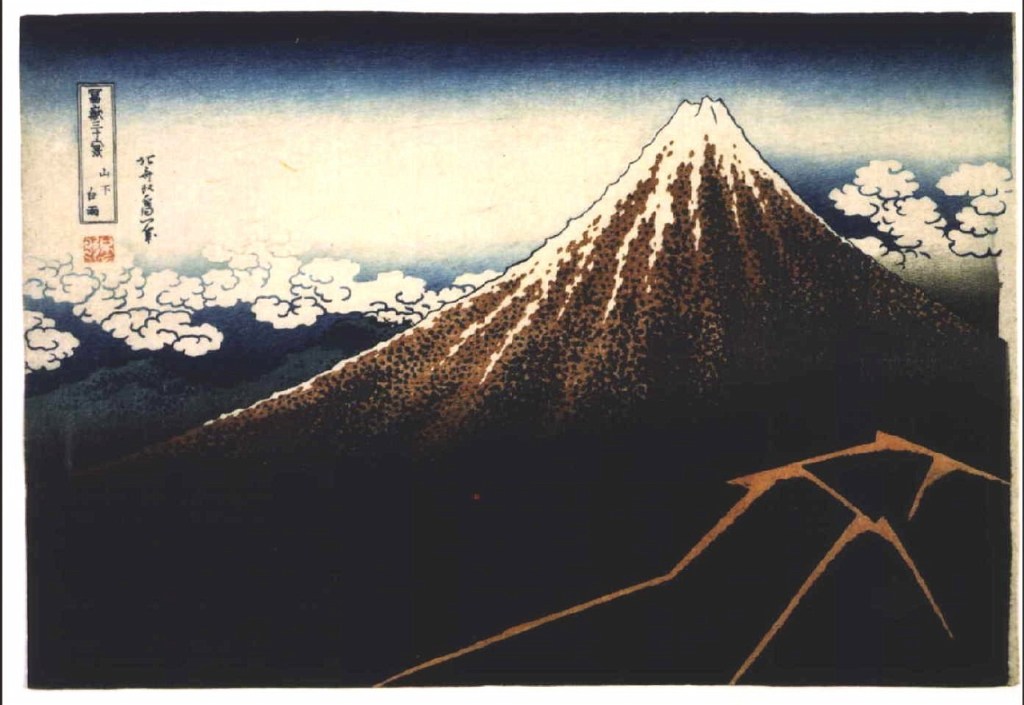


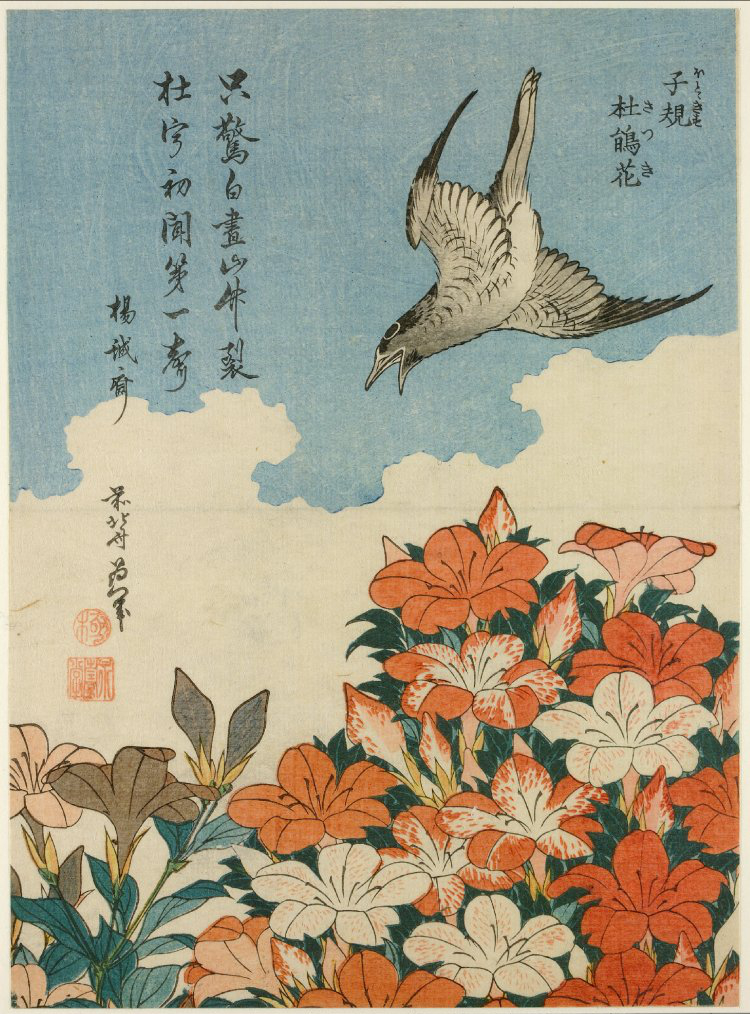


❦
“Learn to cultivate the trait of humility. None of us are perfect. We all make mistakes — both in our personal lives and our artistic creations. It takes a lifetime to become a master and even then we may not achieve that designation. Be thankful for what you have been given and seek to be humble.”
❦
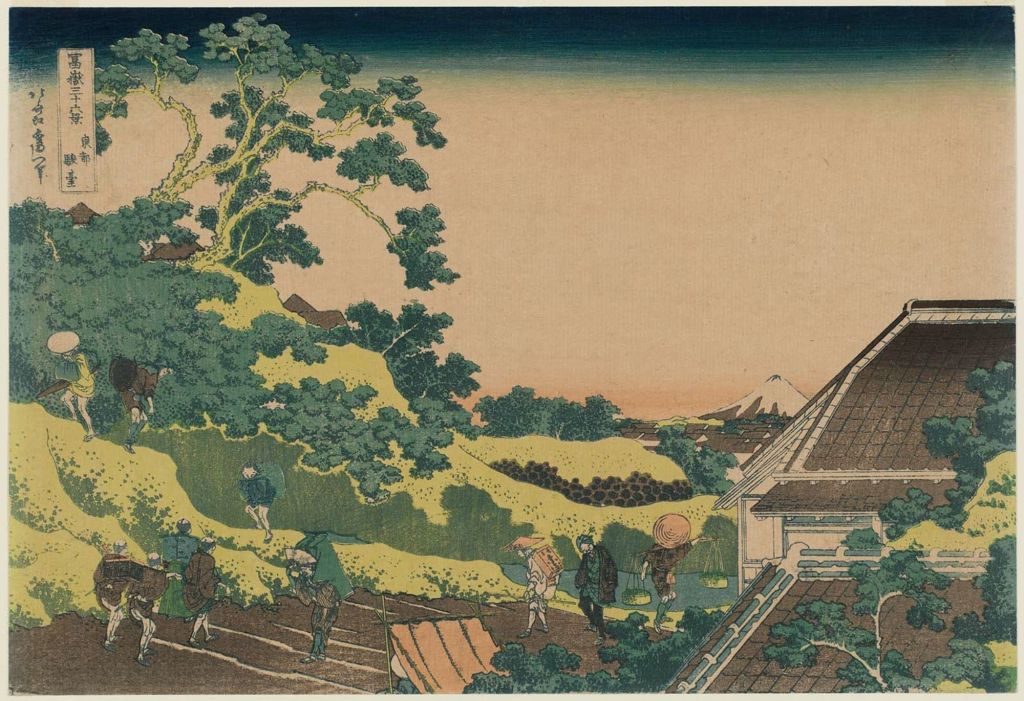

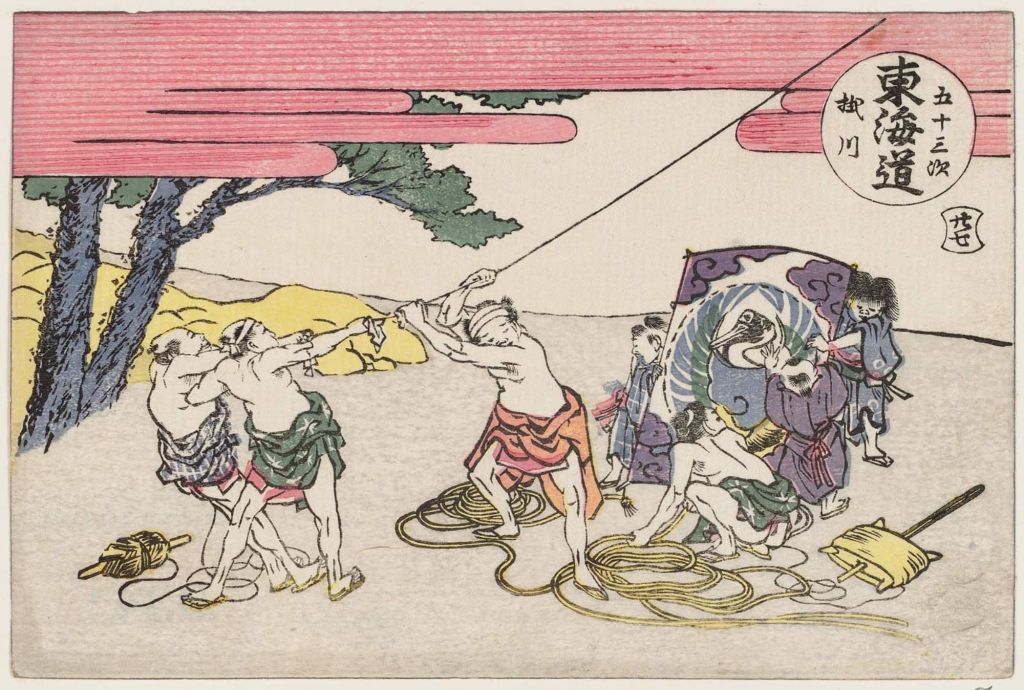


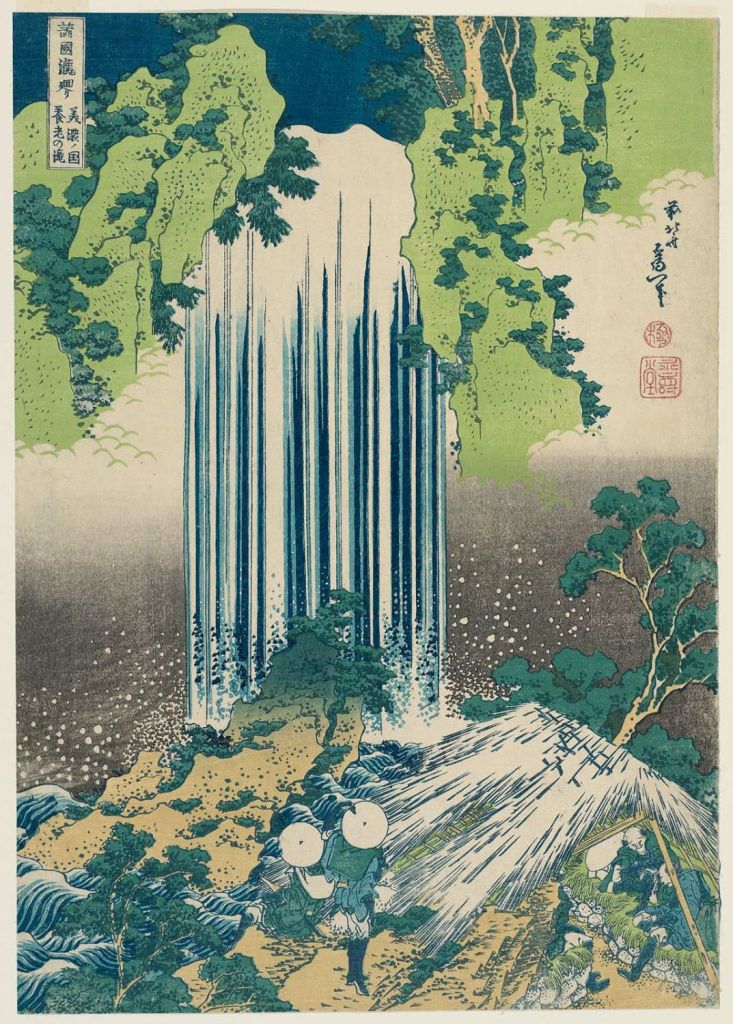
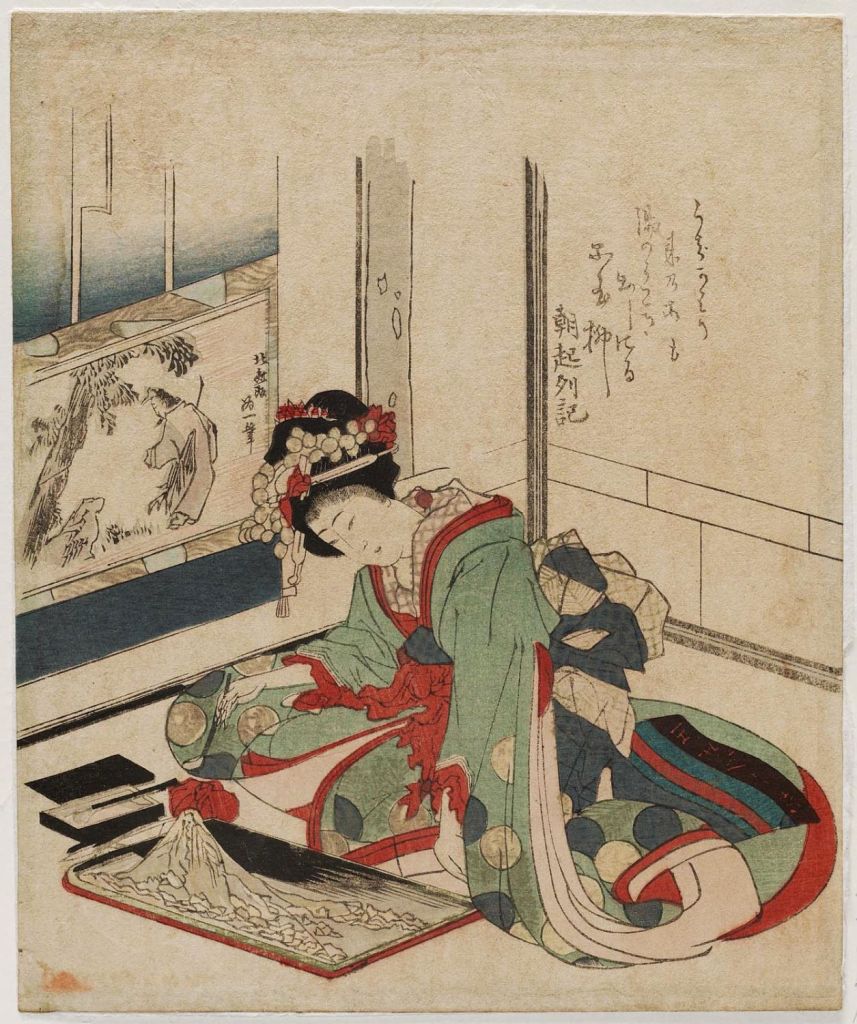
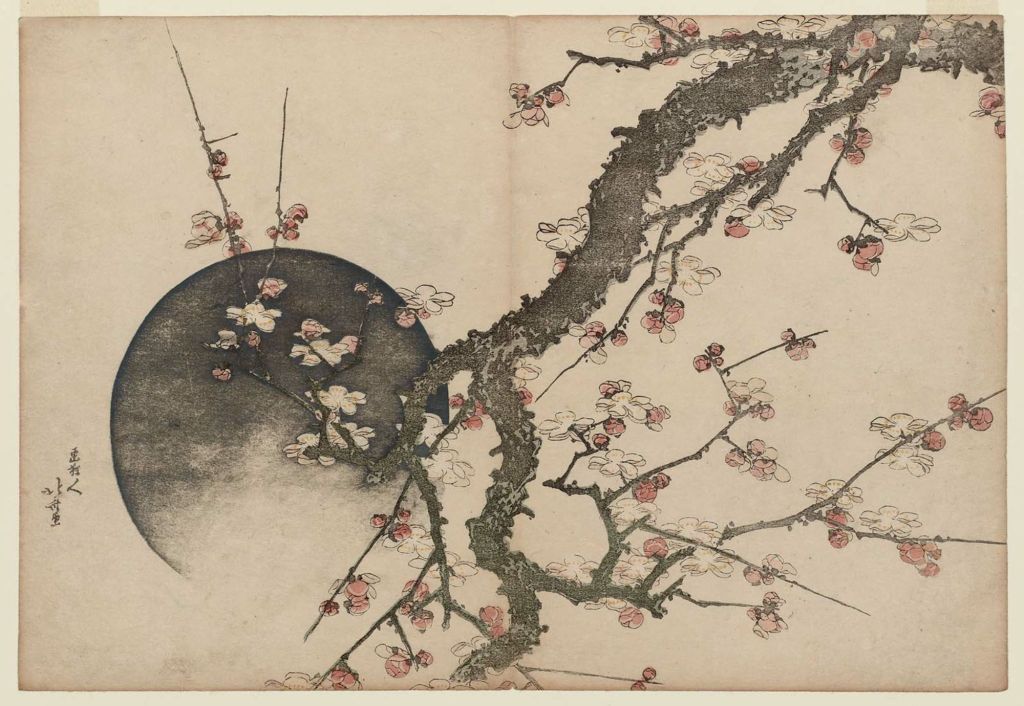




❦
Prior to his death, Hokusai was said to have remarked:
If the son of heaven retains my life five years longer, I will become a true artisan.
His last poem reads:
My soul makes a trip in the summer field.
Hokusai, who pursued the path of a painter, wrote a poem, imagining his soul hiking and flying over the summer field.
❦
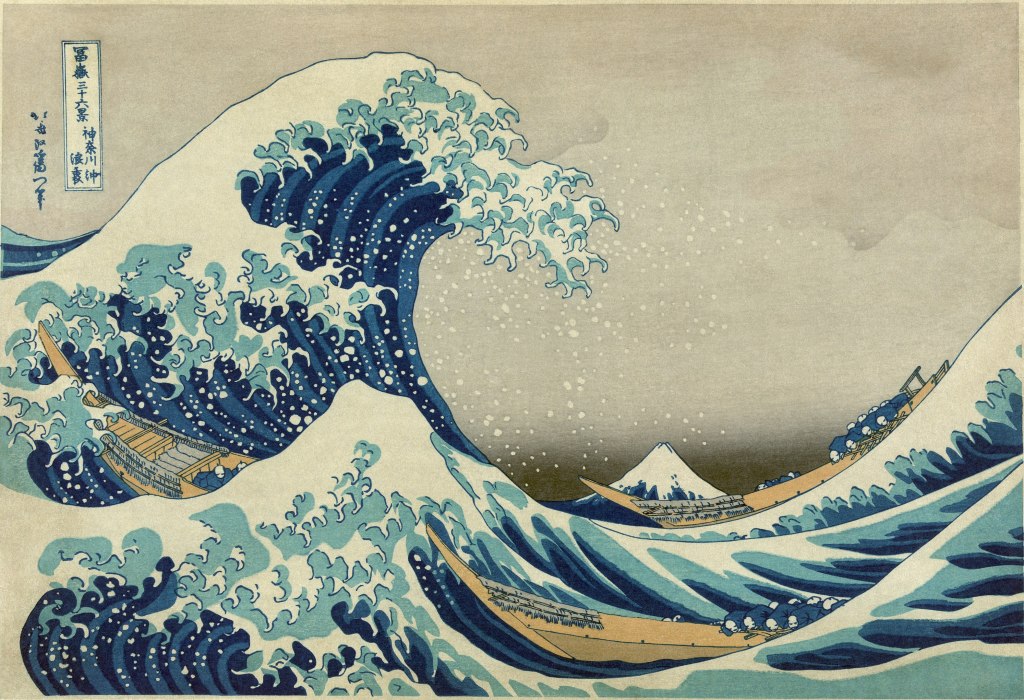
❦
Work in low resolution
…I just had to include

❦
Claude Debussy
Debussy drew inspiration from the famous Edo-period woodblock print by Hokusai showing match-stick boats being tossed violently between monstrous waves for “La Mer”. Debussy even included a part of this image on the cover of the 1st edition of the score.
Choosing ‘La Mer’ was …inevitable 😉
[in two performances]
❦
La Mer
Concertgebouw Orchestra • Dir. Bernard Haitink
❦
Gustav Mahler Jugendorchestrer • Dir. Claudio Abbado
❦
For more information on Hokusai:
https://hokusai-museum.jp/modules/Page/pages/view/401?lang=en
https://www.katsushikahokusai.org/
https://www.metmuseum.org/art/collection/search/45434
https://www.mfa.org/exhibitions/hokusai
https://www.wikiart.org/en/katsushika-hokusai
https://blog.britishmuseum.org/hokusai-old-master/
https://en.wikipedia.org/wiki/Hokusai


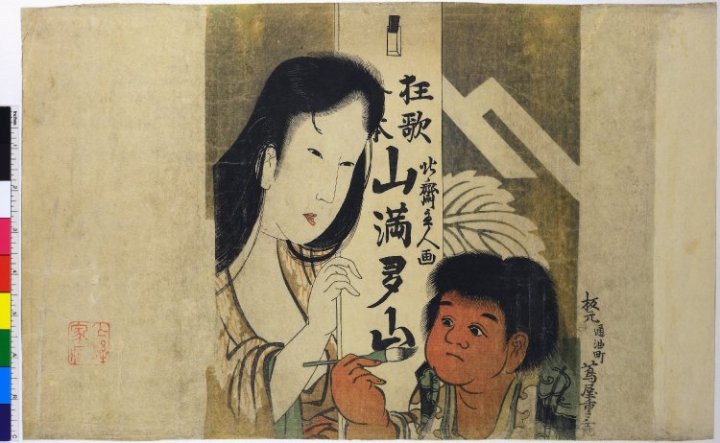
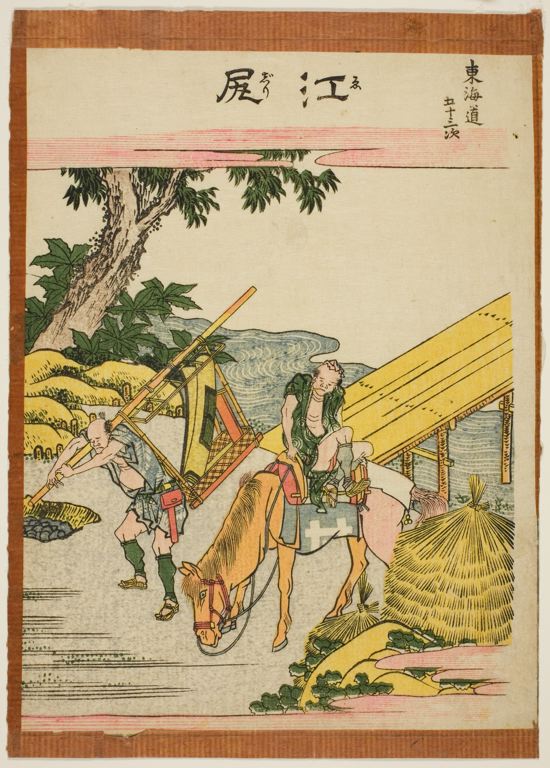

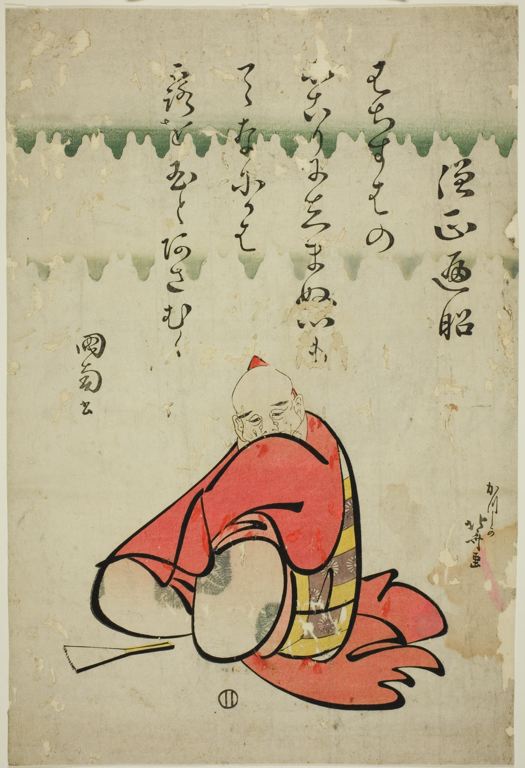


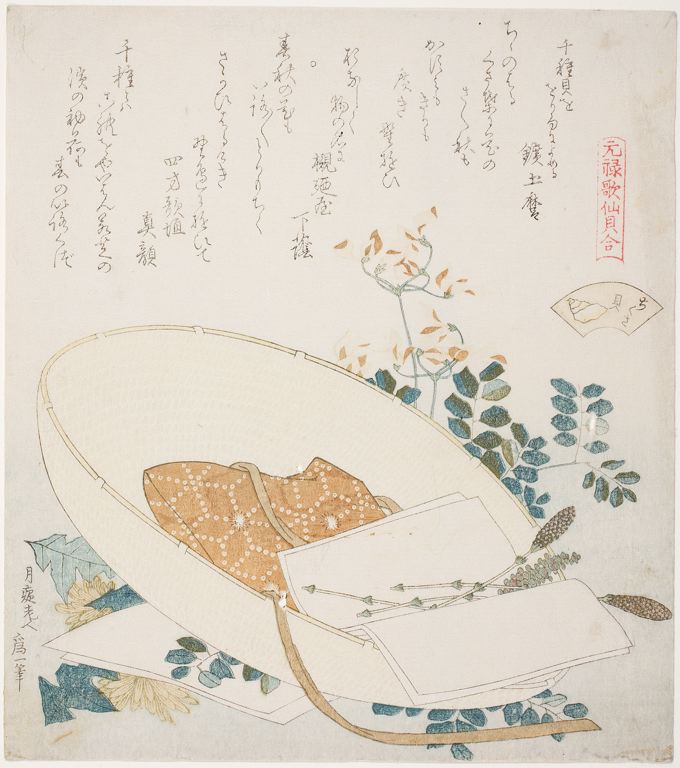



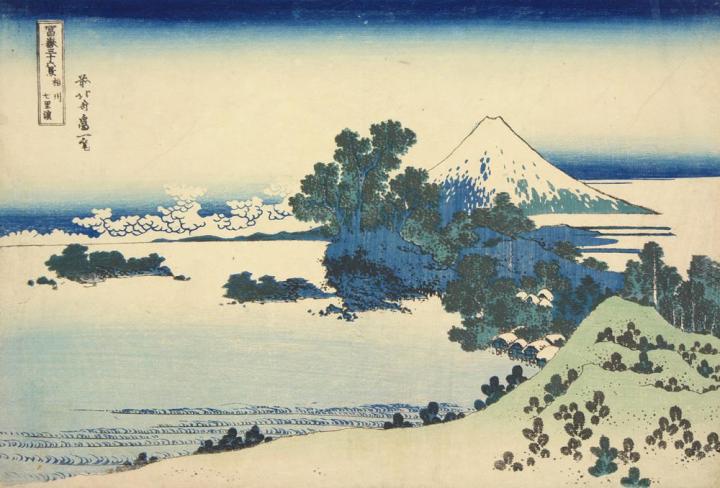

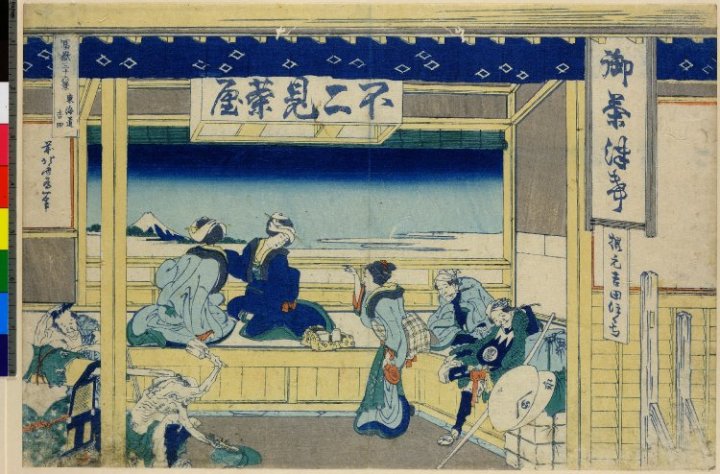
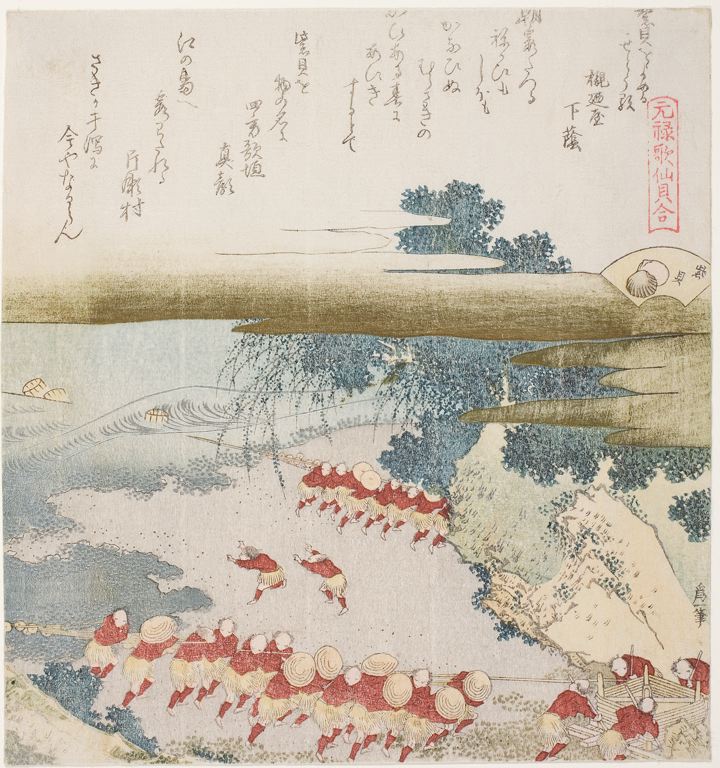
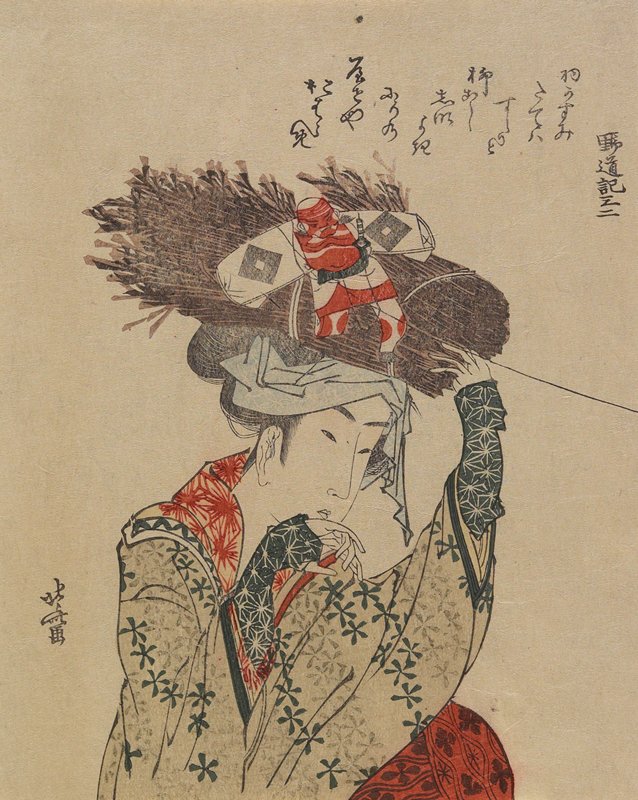
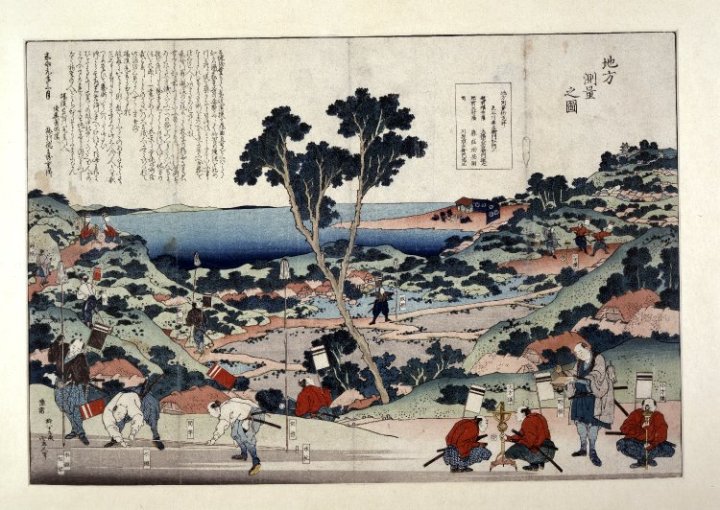
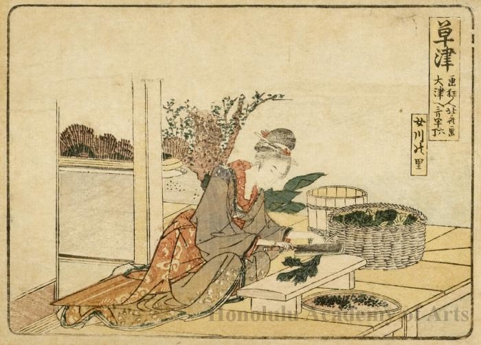
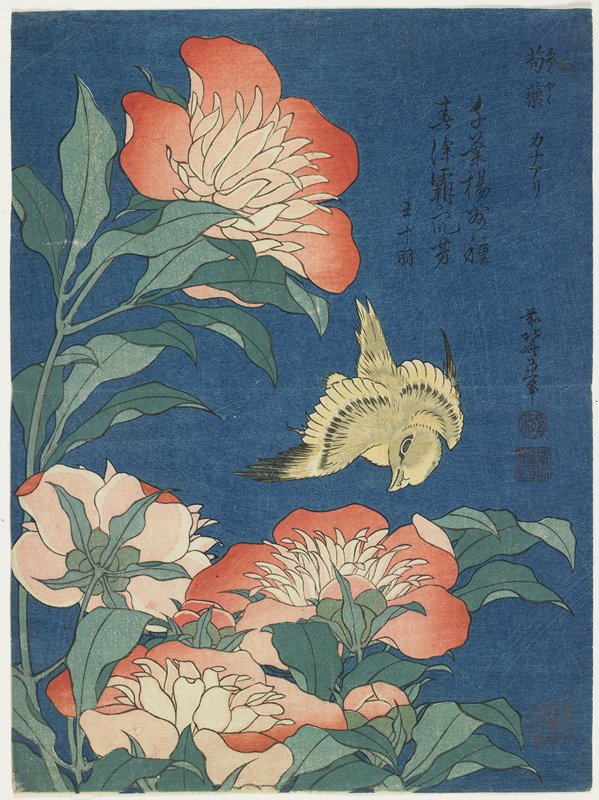
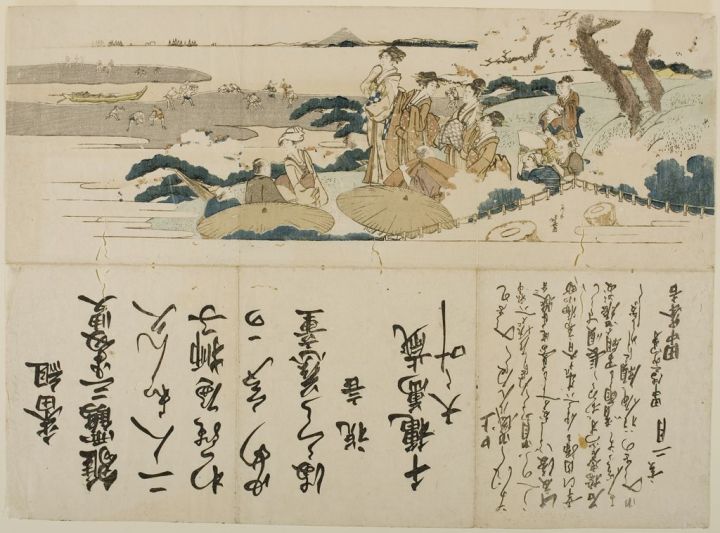
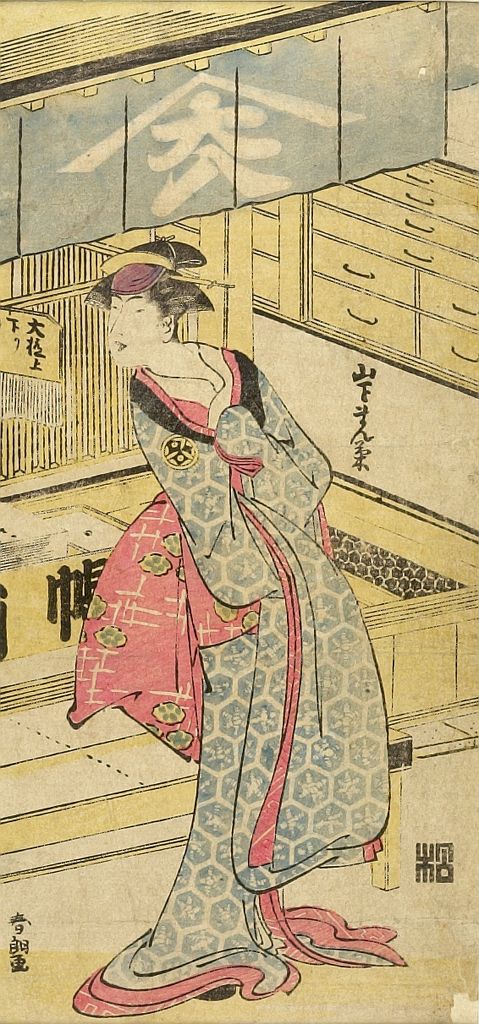
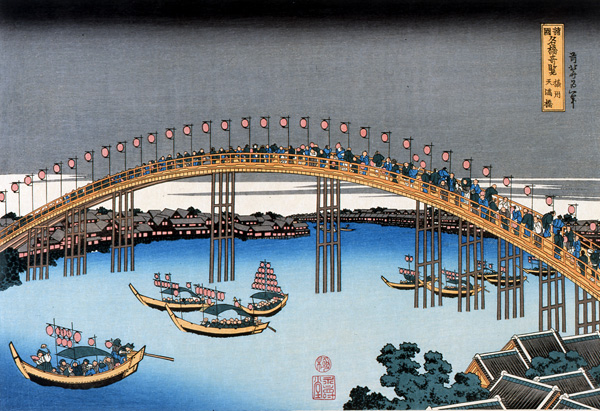
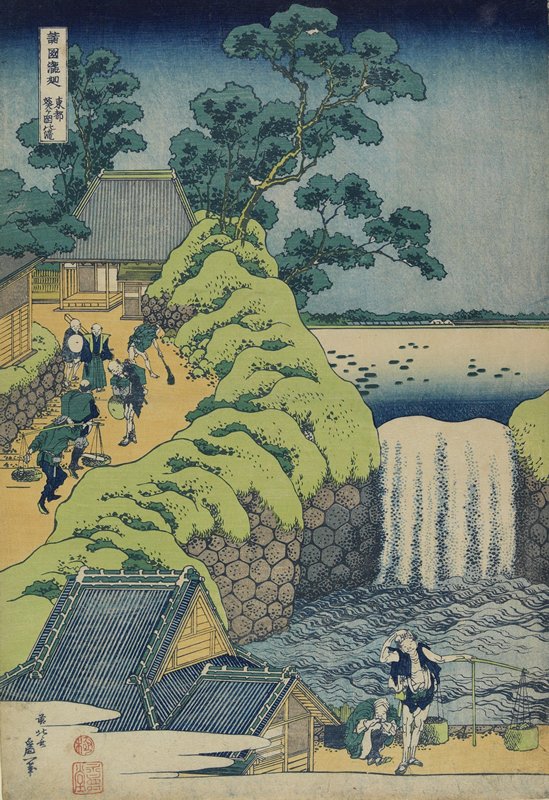
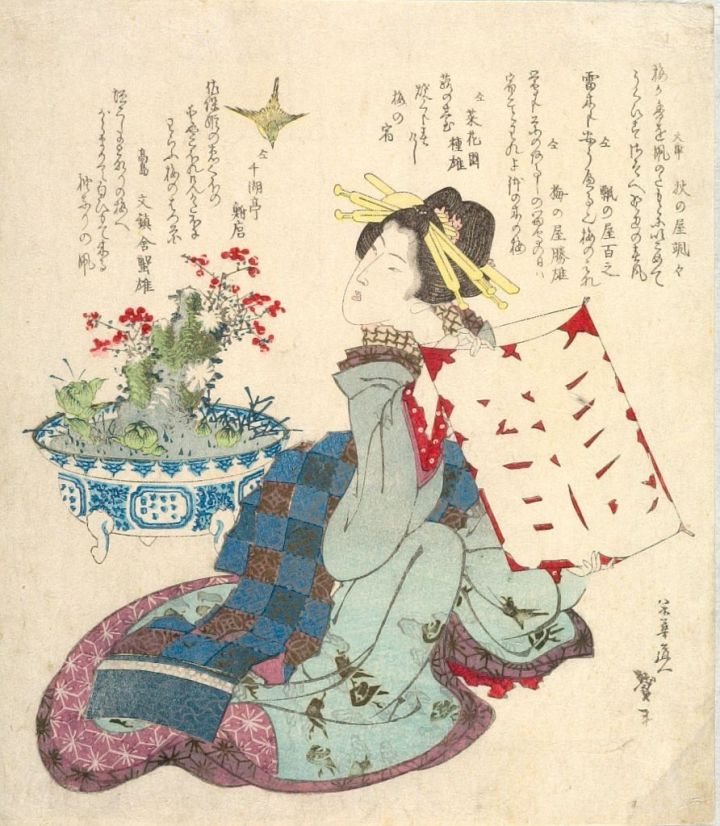


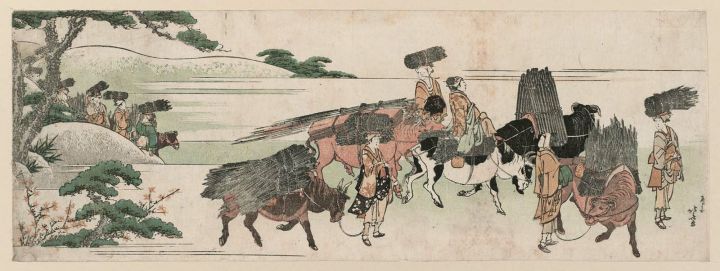



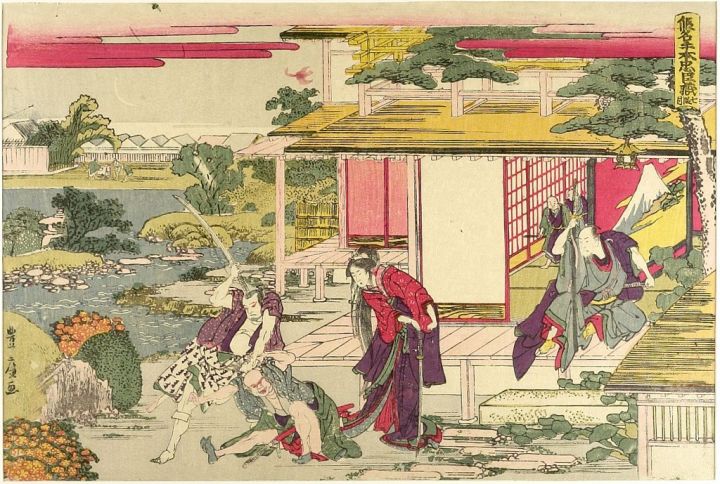

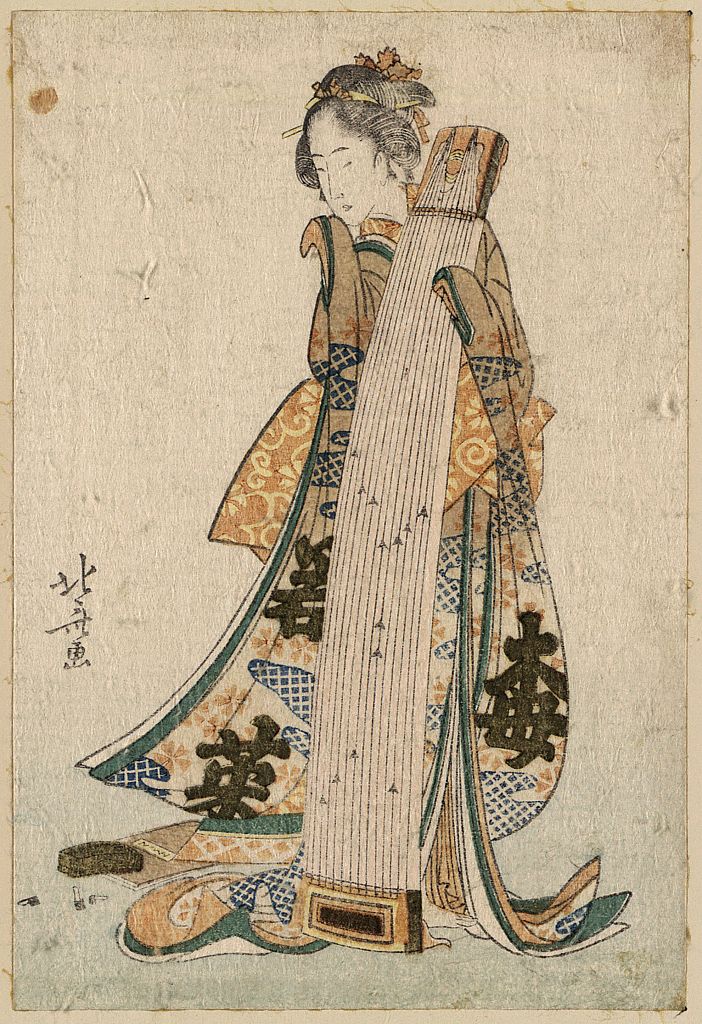
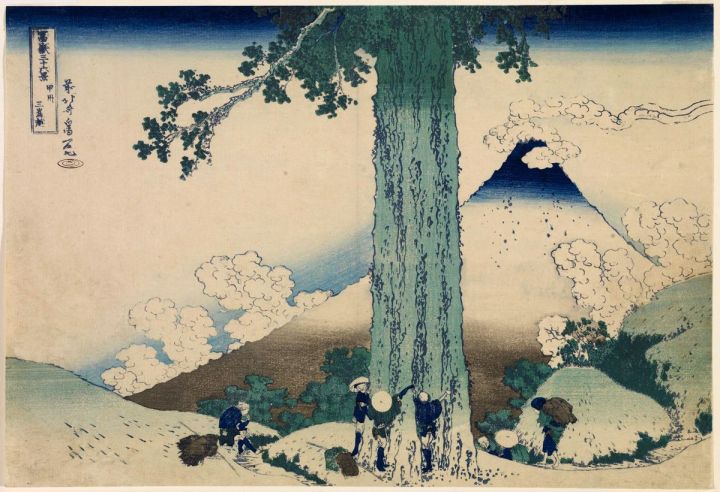

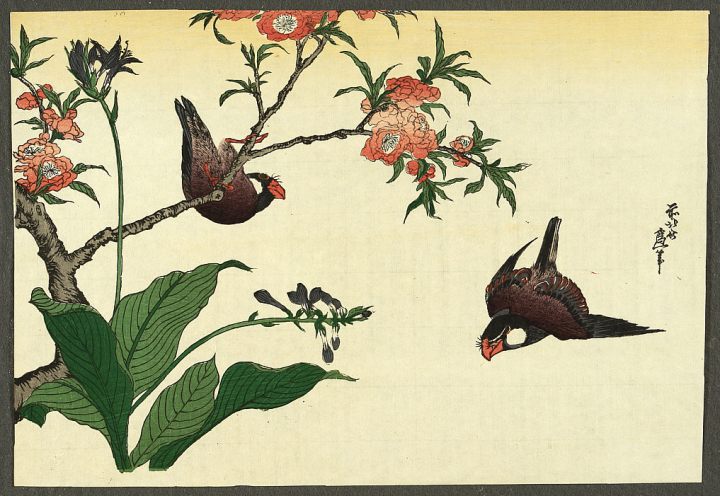
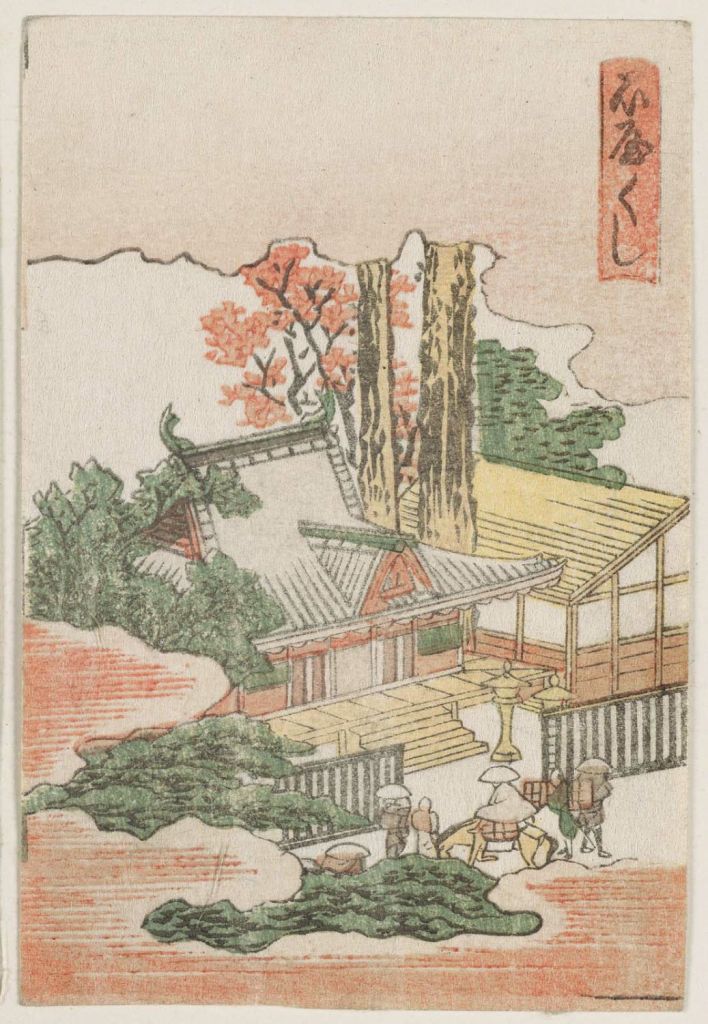
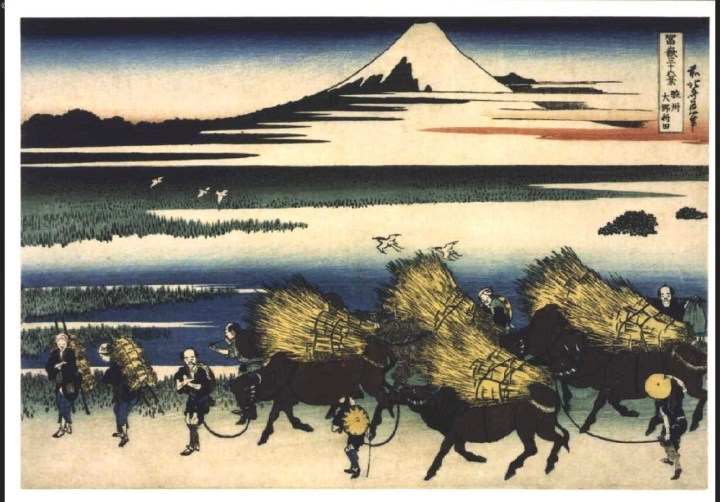

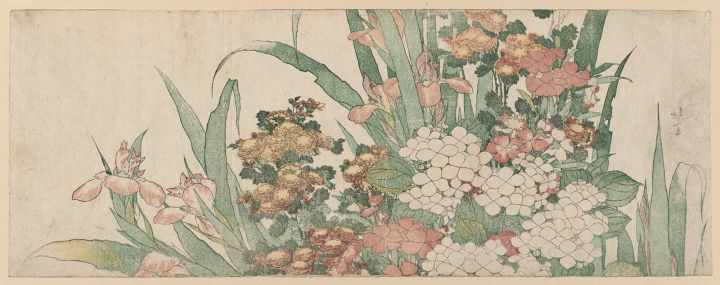
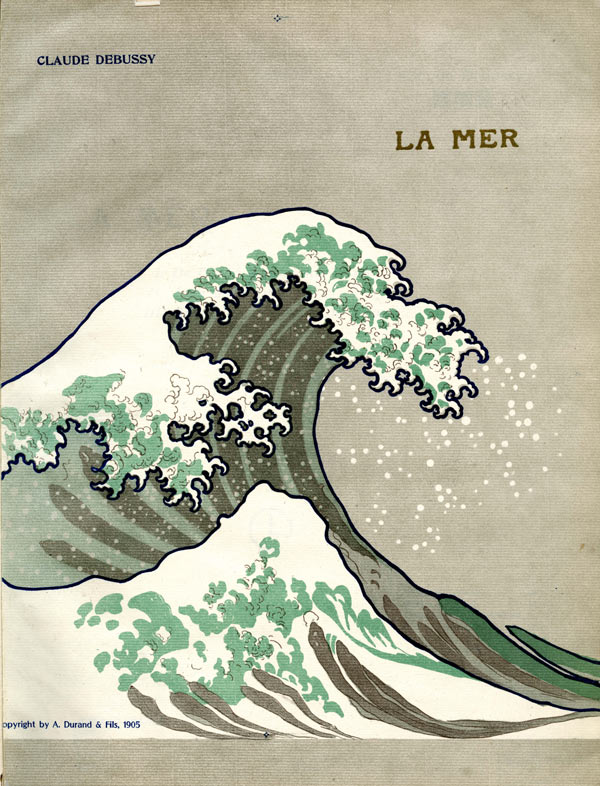

Oh, Marina, this post just “knocks me out”. Hokusai was such an amazing artist, I just love all his work. There is an exhibition of his work at the British Museum in London which I would have loved to visit but made do with the book and the video on the website:
https://www.britishmuseum.org/exhibitions/hokusai-great-picture-book-everything
I hope you are able to open the link.
Enjoy what’s left of Sunday 💐💐💐🙋♂️
Oh, this is great! I will look it up in detail soon. Thank you for the link! Mindblowing talent! 🙏
Such beautiful elegant oriental art. A wonderful tribute to this incredible artist. Love the music by DeBussy dahling. xoxo
I’m in awe of the talent of this artist! Glad you enjoyed, dahling!
🤗🤗🤗🤗🤗🤗🤗🤗🤗🤗🤗
I too, so incredibly gifted! 🤗🤗🤗🤗🤗🤗🤗🤗🤗
Amazing huh?!!!! ❤❤❤❤❤❤
I had a large poster of The Great Wave in my Ontario study just before embarking to India. Part of the border was scuffed so I fixed it with a black magic marker. Nobody knew but me. Story of my life. 😂 La Mer used to be my all-time fav classical composition probably cos I spent so much time near water… 😊 Then as the years went by I heard more… but I still respect Deb. very much. Especially the piano work. 😉
Ah…that Great Wave….
La Mer was the obvious piece to go since Debussy had chosen Hokusai’ Wave as a cover, but it is a wonderful piece too!
You still have that poster?
No, I think it was one of those things I decided to let go of… as you know, going overseas is a pretty big deal for a young person! But looking over your excellent presentation reminds me of the days when I did the I Ching several times a day… I had a lovely “Illustrated I Ching” — actually that’s one thing I kept. Maybe pick it up if you spy it in a used bookstore for a Euro or two!. B%W but great art. https://www.amazon.ca/Illustrated-I-Ching-R-L-Wing/dp/0385177895 🙂
I too had an I Ching (college days) but after hearing that John Cage threw iching to write his music, I gave it up! 😉🥴😂🤣 Half joking, I just lost interest! The illustrated one would be intersting to see though!
Yeah I lost interest too when I gradually came to realize that I was just reading in to the hexagrams… taking away what I wanted to… same thing with the Tarot… I don’t understand how some folks can get stuck in a given paradigm… seems the forces of idiocy want to keep them there! 😂🤣👺🤡😆
🤪😉🤔🙄🤣🙃
Very late to the party. I should learn to go down, get the music, come back up and enjoy the post…or both, at the same time!
Lovely musical choice for this very prolific and wise artist.
Ah, Dale… there’s no time limit on my posts, especially my tributes to artists. I’m very happy you landed here. Prolific and wise indeed! At 85 and he still doubted he’d mastered his art! Worlds apart from artists today! 😉
This might also fit: https://www.youtube.com/watch?v=5gr5t1yRH-s&feature=emb_logo
Oh, yes it does indeed!!!!! Thank you very much for adding it! 🙏
…. and look what I found on a garage door in 2014!
6 years ago…Oh my, my time flies!
https://graffitiluxandmurals.com/2014/10/02/gararge-door-big-wave/
It’s brilliant! How come I missed it?!!!!!!
xoxoxoxo
I won’t comment on time…. beyond me how it flies!
I remember seeing it and thinking that it’s Japanese Art!!!!!!! 😉
Cool! xoxoxoxo
Gorgeous, Marina!
I’m a huge fan of this and all Japanese art.
My Norman’s mother was Japanese Canadian. Her parents were born in Japan.
Yes, that means that the family were in internment camps in WWII.
However, art was a driving force for many in the family. His grandfather was doing the brush paintings up to his death in his late 90’s.
The family exposed me to a lot of Japanese arts and culture.
There’s one of his last paintings hanging in the Art Gowns room.
I’ll try to put a pic alone in another comment, in case it doesn’t work!
It’s from one of the Art Gowns posts.
Loved Debussy, for the first time in my life!
Wonderful post. Thank you!
xoxoxoxoxoxoxoxoxoxoxoxoxoxo
Wow… that is amazing, Resa!
As for Debussy… it was the natural choice!
Sending love love and many many hugs!
xoxoxoxoxoxoxoxoxoxoxoxo
xoxoxoxoxoxo
hugs love hugs
Splendid work! 🌊
🎃
If only there was a way we could tell him that!!!! 🤣🙏🙏🙏
Well, at least he lives on through the legacy of his work, I guess 🙂
😉 …he certainly does! 😉
I have a book by Gian Carlo Calza, Professor of East Asian Art at the University of Venice: It covers most of Hokusai’s work.
Hokusai was without doubt a master of this art form. I only wish I could own just one of his original block prints, maybe one day 🙏
Oh… me too!!!!!! 🙄 sigh
Maybe one day!!! 😉
You’ve put together another excellent artist summary. The statement that “Hokusai had a long career, but he produced most of his important work after age 60” encourages those among us of a certain age. I’ve occasionally imagined Hokusai’s Great Wave in forms of nature that I’ve observed, most often waterfalls, but occasionally even plants.
I’ve admired Hokusai from my childhood, so I know what you mean! I think many painters and mostly writers have ‘began’ their career over 50. So, we’re good!!!! 😉😉😉
Spectacular artwork. I love Asian Art abt this is gorgeous! Hats off to this wonderful artist! 😍🌺❤️
He’s like the complete opposite of painters like Rembrandt, Caravagio… on the side of perfect simplicity! 😉 So happy you enjoyed! ❤❤❤❤❤
Exactly, he is, you put it perfectly. It’s so beautiful. ❤❣🤗❣❤
🤗🌷🤗🌷🤗🌷🤗🌷🤗🌷🤗🌷🤗
xoxoxo
❤️💖❤️
Thanks for exposing me to another artist I didn’t know. In every painting, his colors seem perfectly matched. Much detail and expression without being busy. Bottom line – I like his work.
I’m so glad you enjoyed this painter. I’ve always admired the absolute precision of his brush strokes which as you say include all the detail and expression needed… with such ‘ease’! And inagine that this master painter felt that at 80 he still needed to perfect his technique!!!! 😉